Final post on my trip to Tohoku!
On the last day, i left Sendai, Miyagi Prefecture and headed to Koriyama, Fukushima Prefecture.
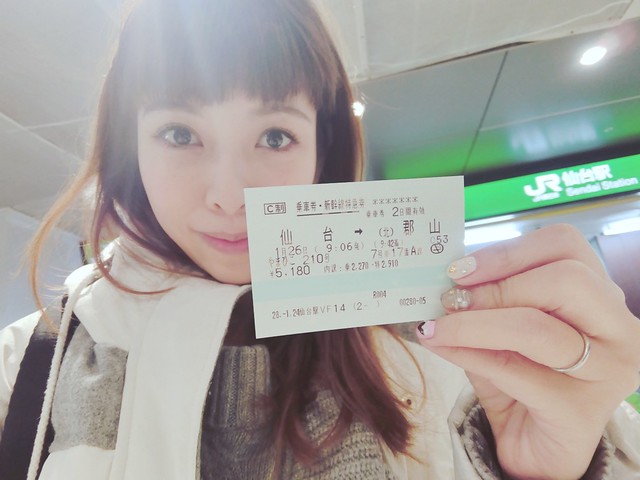
A lot of people may think that the name “Fukushima” has very negative associations due to the nuclear crisis after 3.11, but Fukushima Prefecture is a HUGE prefecture, and I think it is very sad and unfair that travellers are shunning the entire prefecture because of the bad name it has.
Let’s look at the map of Fukushima.
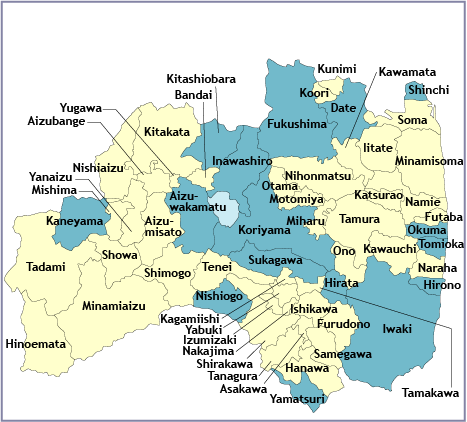
The place I was heading to, Koriyama, is right in the middle, and it’s a long distance away from where the Daiichi Plant is at Futaba and Okuma. Again, many people are still concerned about the radiation level.
Now let’s look at the radiation levels in major cities in Japan, comparing to other major cities around the world.
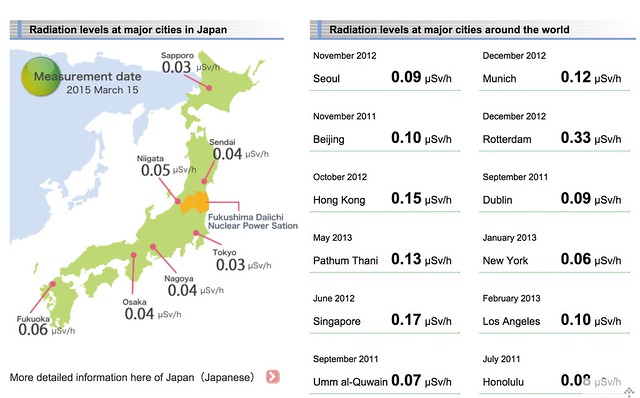
ALL other cities have higher radiation level than most cities in Japan. Including Singapore. Don’t even mention Malaysia. (The readings were done a few years ago, though.)
Alright now let’s look at the radiation level in Fukushima Prefecture.
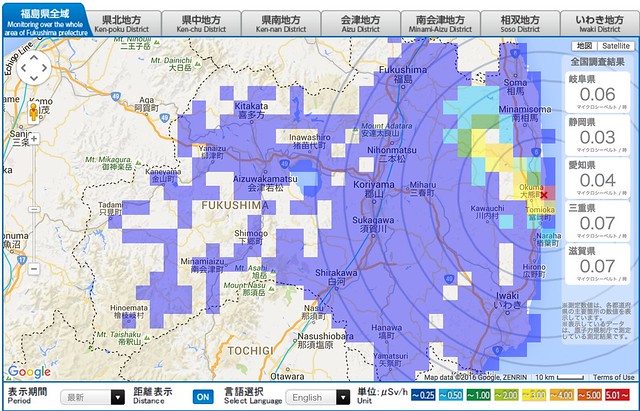
That’s the map of Fukushima, and most of the areas are of >0.25 uSv/h.
By the way, if you read my previous post on radiation in Tohoku, you would remember the radiation reading of Kuala Lumpur taken by two travelers from Europe.
The radiation at Geo Hotel, KL where the two traveler stayed, was 0.541uSv/h. In the map it would have been indicated light blue. Which you can see are the areas nearer to the Fukushima Daiichi Plant.
A pretty unhealthy radiation level. That’s where you and I have stayed for our whole lives, dear Malaysians. WHOLE LIFE.
So you may want to consider to start worrying about your life here instead of being exposed to radiation for a just a short few days of traveling to Japan/Tohoku/Fukushima.

I hope to clear your name soon, beloved Fukushima.
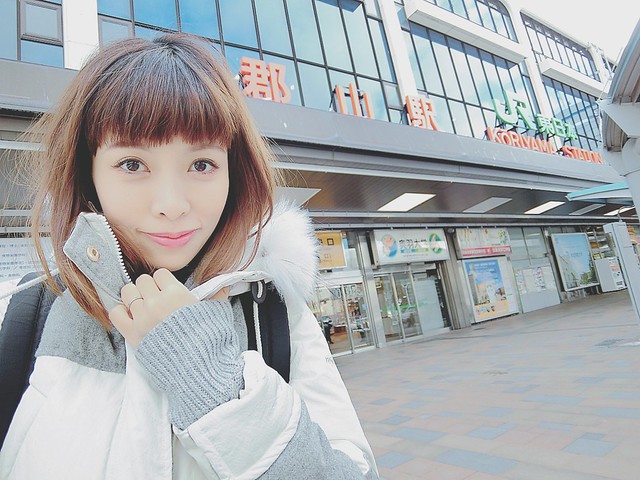
Arrived at Koriyama Station!!
And I have just checked the radiation level of Koriyama Station, as of today, the measurement reads :
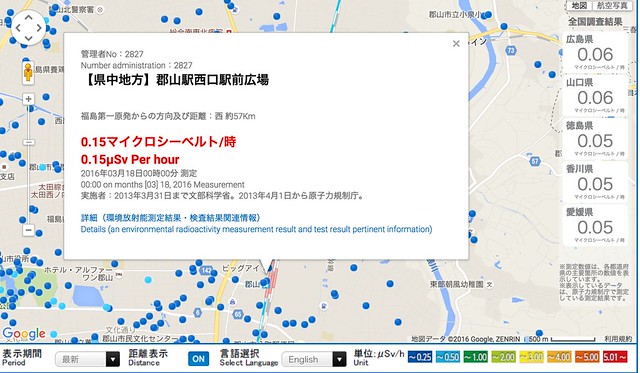
0.15 uSv/h. Higher than most cities in Japan, but lower than Singapore’s average (0.17).
Anyway done with all these radiation talk. Bottom line is, I will never hesitate to visit Fukushima again (except of course the evacuation zone, which a normal tourist can’t visit anyway), be it pregnant, or bring Junya and my newborn to visit the amazing prefecture. There are so much to explore!
I was just so happy to come to Fukushima for real!!! 😀 😀 😀
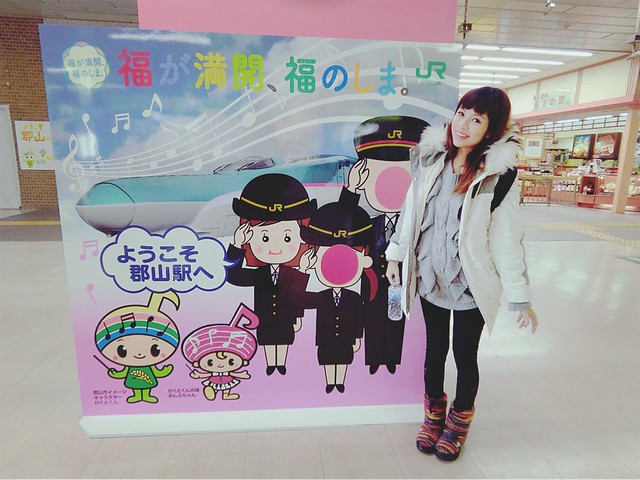
I only get to pass by a rest area in 2012 on my way back to Tokyo from Sendai, cuz I told the danna i die die want to add Fukushima to my list of prefecture conquered lol.
Kinpou Sake Brewery
My first stop was Kinpou Shuzo Niida Honke, a 300 year old sake brewery in Koriyama, Fukushima.
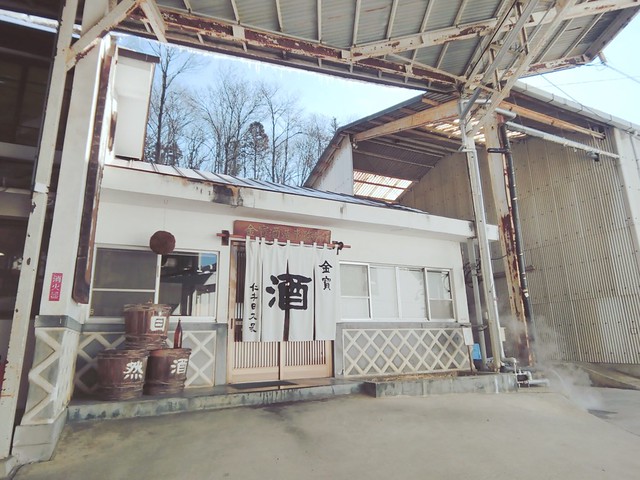
Fukushima Prefecture is very famous for its sake, and Kinpou prides itself in producing organic sake with 100% organic rice and 100% natural yeast starter.
I had the honor to enter the actual brewery of 300 years of history, and it was amazing. So traditional it was like traveling back in time.

Listening to the stories of the owner and the brewery staff, i had goosebumps all over again.
The effort they have to make in order to ensure top organic quality, and that even the sales staff has to be skilled with every single sake-brewing process from the rice field to the brewery to selling, to make sure that every one in the family can be “a professional of fermentation” and be equipped with all the sake know-how.
Why are all these Japanese people so so so so dedicated to their job and can have so much love for it??
For sake lovers, you must visit this brewery!

A lot of process could be skipped or could be easily done by machines, but Kinpou Brewery uses real human to process their sake manually, so you can taste the love in it.
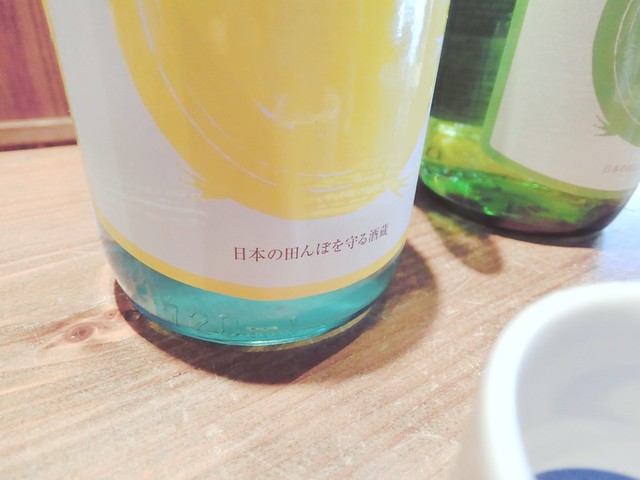
And the company’s biggest mission is to “Protect the future of Japan’s rice farms”.
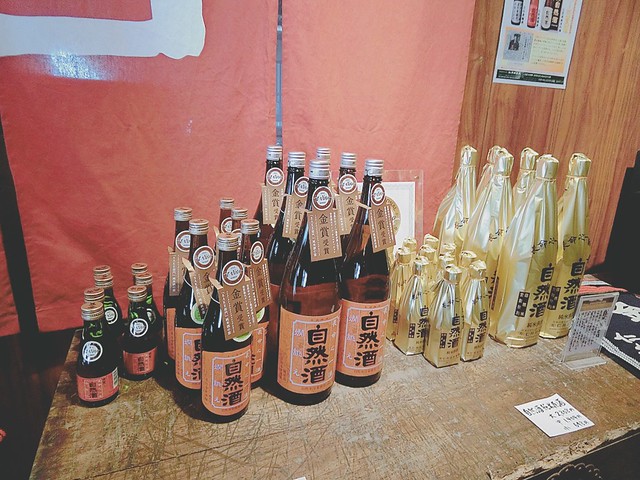
Kinpou’s award winning Shizenshu (Natural Sake).
And… guess how much the price is??

The biggest bottle is sold at JPY2376 and the mini bottle at JPY378.
REALLY?! After months and months of rice cropping/brewing effort!? That’s like a pack of zhap cai bng in Singapore!!!!!!!!!!
Please support this Fukushima made sake. They have their website in English, do find out more info from them!
Fukushima Beef
Fukushima is also famous for its beef. Fine, actually almost all the prefectures has some kind of branded beef and are trying to rival each others hahaha. When i went to Nagasaki they too say Nagasaki has Japan’s number 1 beef XD.
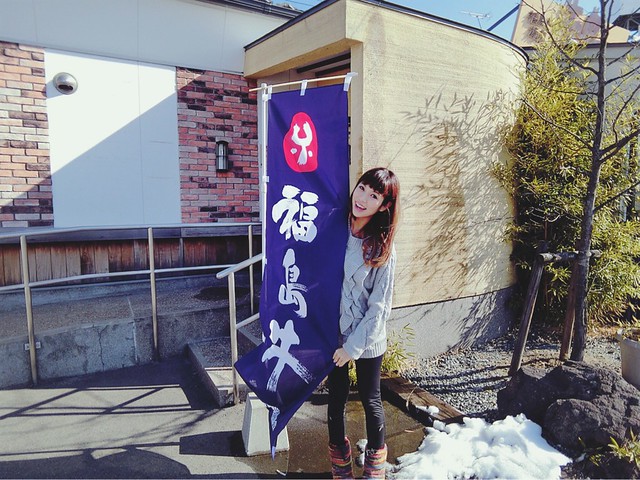
We are having Yakiniku for lunch!!!!
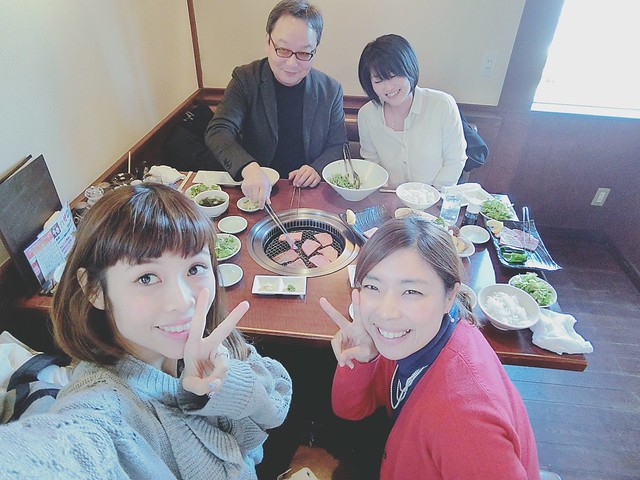
With Katsuo San, Aoki San and Yumi, the amazing team who made my dream come true.

Pearls from heaven T___T.
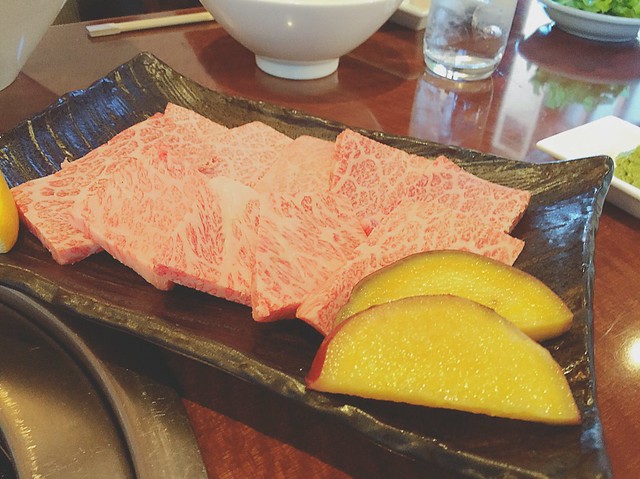
Fukushima marbled beeeeeeeef. So so so so good.
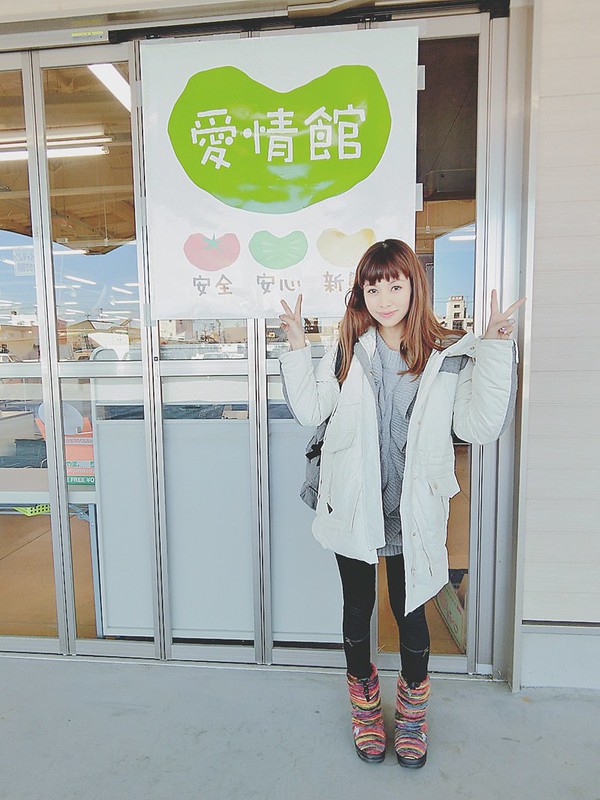
Next to the restaurant was a fresh market where you get to buy local produce. I was very excited cuz i really wanted to support locally grown produce!!!
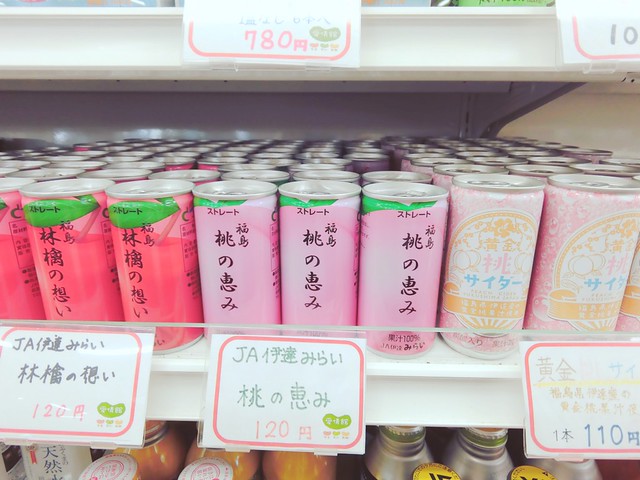
Of all the food, Fukushima is probably best known for their peach! Here’s Fukushima made apple juice and peach juice.
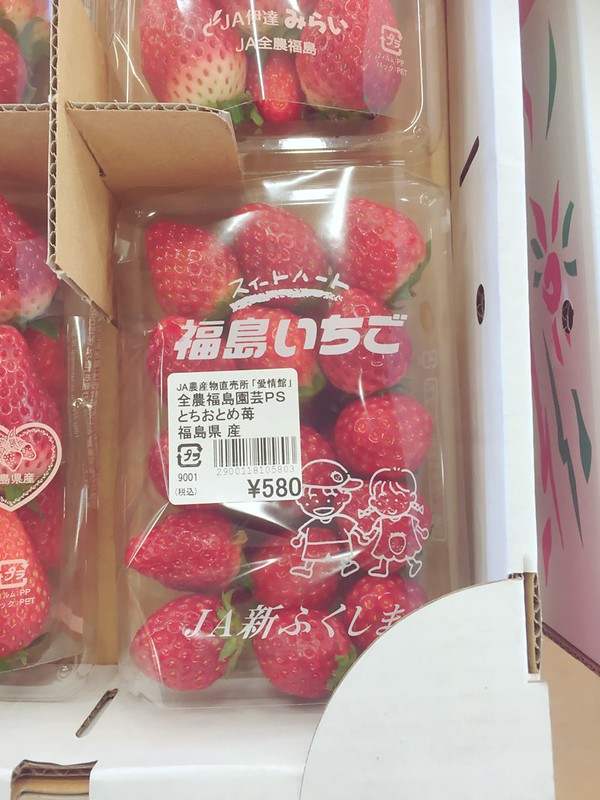
Fukushima Ichigo.

Fukushima Beef, tested and labelled safe.
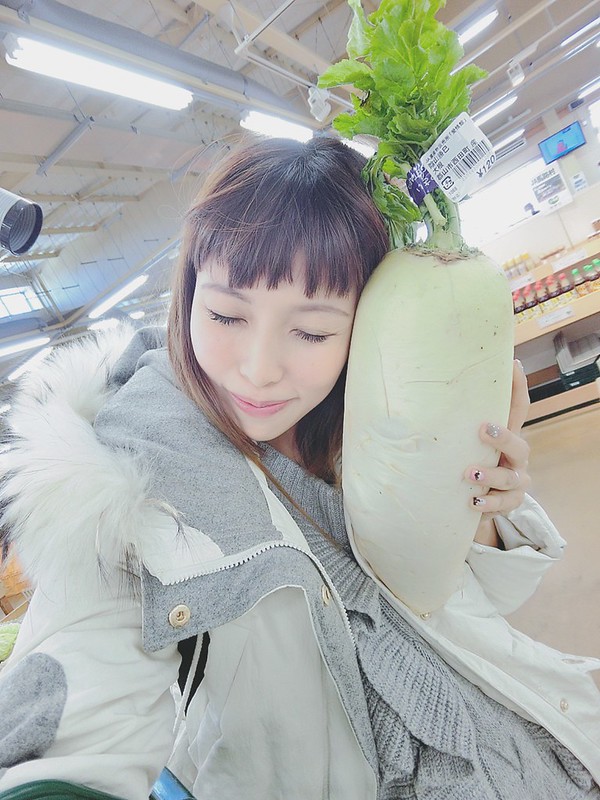
Koriyama Daikon. THIS BIG AT JPY120. THAT’S THE PRICE OF A BOTTLE OF MINERAL WATER (1/3 of a bottle of mineral water in Orchard Road lolol). WHAT IS GOING ON.
Sigh. Can I just live in Japan?
Fruit Shop Aoki
Is the best fruit shop i’ve ever been in my life.
And I thought Tokyo has all the best fancy atas fruits of the world and i have seen it all. I was wrong.

This little fruit shop in Koriyama, is amazing.

They have a Fukushima branded Ichigo called New X, and apparently there’s only one person in this world who can produce it @.@.

It’s super super huge.
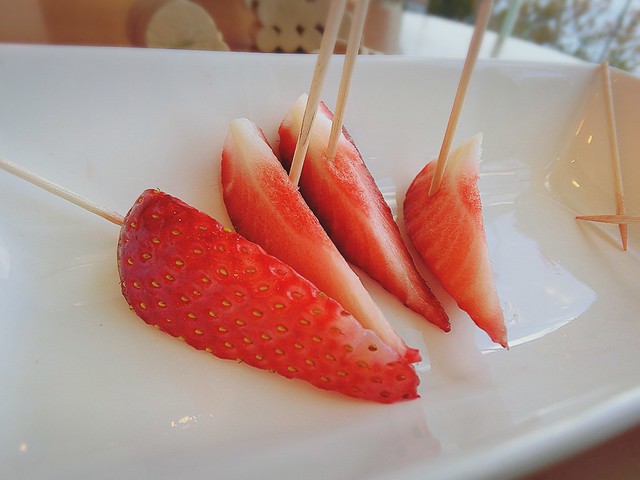
And… at Aoki Fruit Shop you get to sample all the fruits. T___T.
They are so generous i’m not even kidding.

White Ichigo.
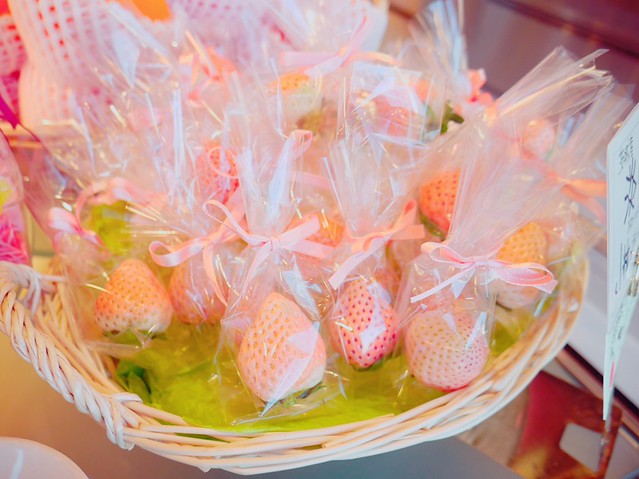
Individually wrapped White ichigo. Probably for Valentine’s day!

You get to also sample white ichigo T____T. This will never happen in Tokyo. It will be gone in like 5 seconds lolol. #kiasutourists
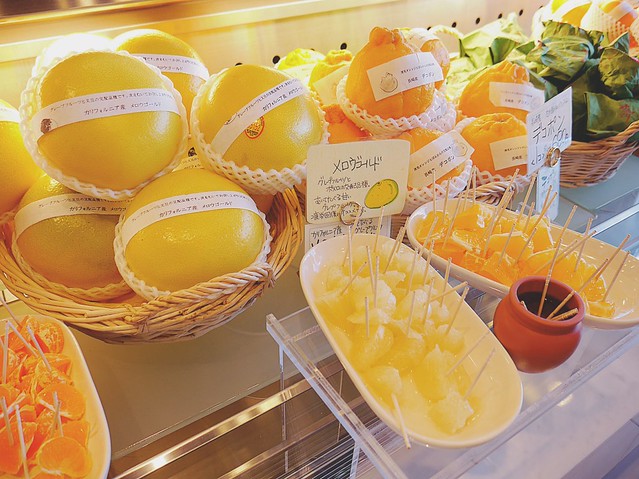
More samplings.
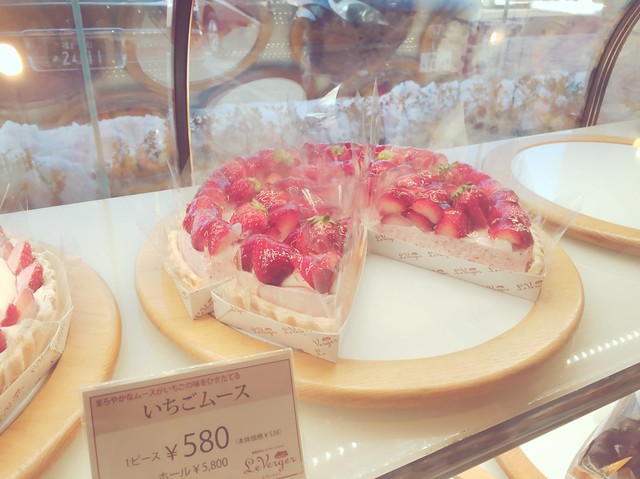
There’s also a little cafe by the side that sells some of the most tantalizing looking desserts and sweets!

What we had that afternoon! <333
I wish I have more time to explore Fukushima, but i had to head back to Tokyo after that.
See you next time, Tohoku!
.
.
.
Taste of Tohoku
The Tohoku region is renowned for many award-winnng sake, just like the Fukushima Kinpou Shizenshu.
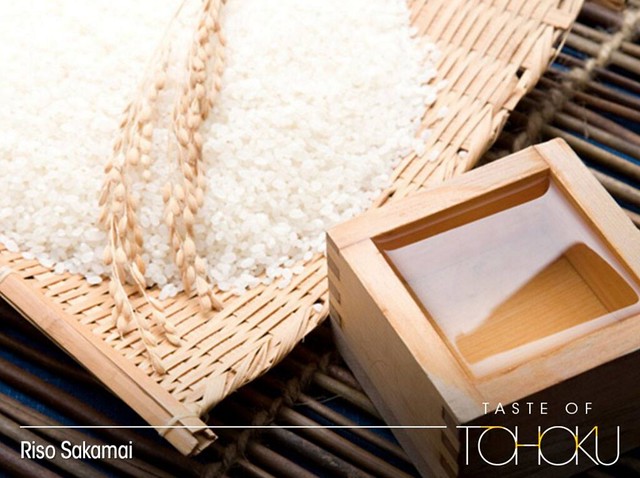
Yes, rice is of course the key ingredients in making sake, but it takes a special kind of rice, “Sakamai”, to produce the best quality of sake. Sakamai has larger grains, softer and more delicate texture. It only grows in certain areas and it requires more complex cultivation techniques.
How much do you know about sake?
Sake can be classified into 4 varieties in terms of taste and aroma just like wine:
KUNSYU (flavorful sake) – fruity, flowery aroma and low acidity
SOUSYU (light, smooth sake) – fresh taste, moderate acidity and a dry after taste
JYUNSYU (rich sake) – light, mild flavor and rich, smooth taste
JYUKUSYU (aged sake) – light golden color, spicy, nutty taste and a flavor reminiscent of sherry.
Find out more about sake and other Tohoku delicaies in Taste of Tohoku!










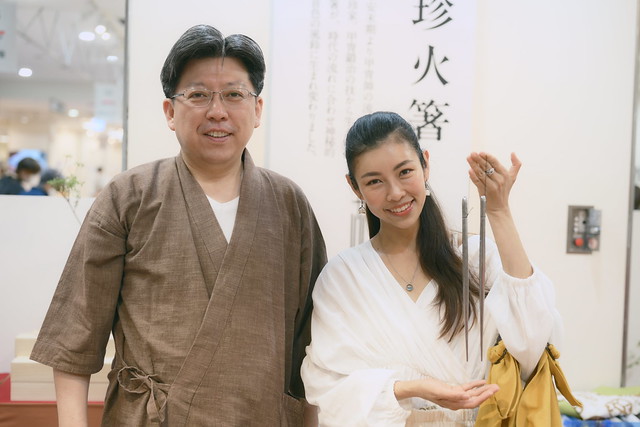
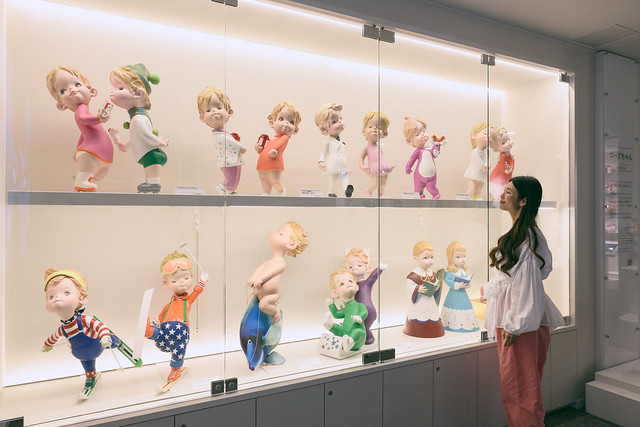



i know this sounds crazy but sometimes when i read your post i can feel the love and sadness from your words. some of your posts like this one even made me cry for no reason. i guess its nice to see someone love a country so much and make others feel the same way too. ever since i started reading your blog years ago, it made me take my first trip to japan in 2014 & i have been back 4 times ever since. i am also taking japanese classes now to learn the language. so thank you, cheesie for all the love that you have poured into all these posts. i appreciate them so much <3
Thank you so much for your comment. I am so glad you decided to visit Japan and been going back so often!! Hope you get to visit Tohoku one day too!!! ^^ Spread the love~~~
WAAAAAAAAAAAAAAAAA that huge DAIKON really catch my sight! 0.0 must be superb delicious! did you buy some? is damn cheap wor! less than RM5 !!! its look so tasty! i love daikon too! 😀
Haha i didnt!! No luggage space liao XD
This post is enough to convince me to add Fukushima to my itinerary. Will go to Japan this autumn and I can’t wait to taste all the fruits at Fruit Shop Aoki, lol.
Really Hana????? You have no idea HOW HAPPY that makes me!!!!!!!! 😀 😀 😀
Anyway I love that you are providing all the info on halal restaurants! I have been meaning to do that, perhaps you can do a halal food/snack guide too ^^
Thank you so much for visiting my blog, of course I will write a halal food guide post. Thanks Cheesie for always inspiring your reader to explore Japan! 😀
I read the Tohoku posts when u posted it, Im planning Tokyo trip on April, will definitely make my way to the region =)
Hi can I check where do you get the radiation meter from? Thanks